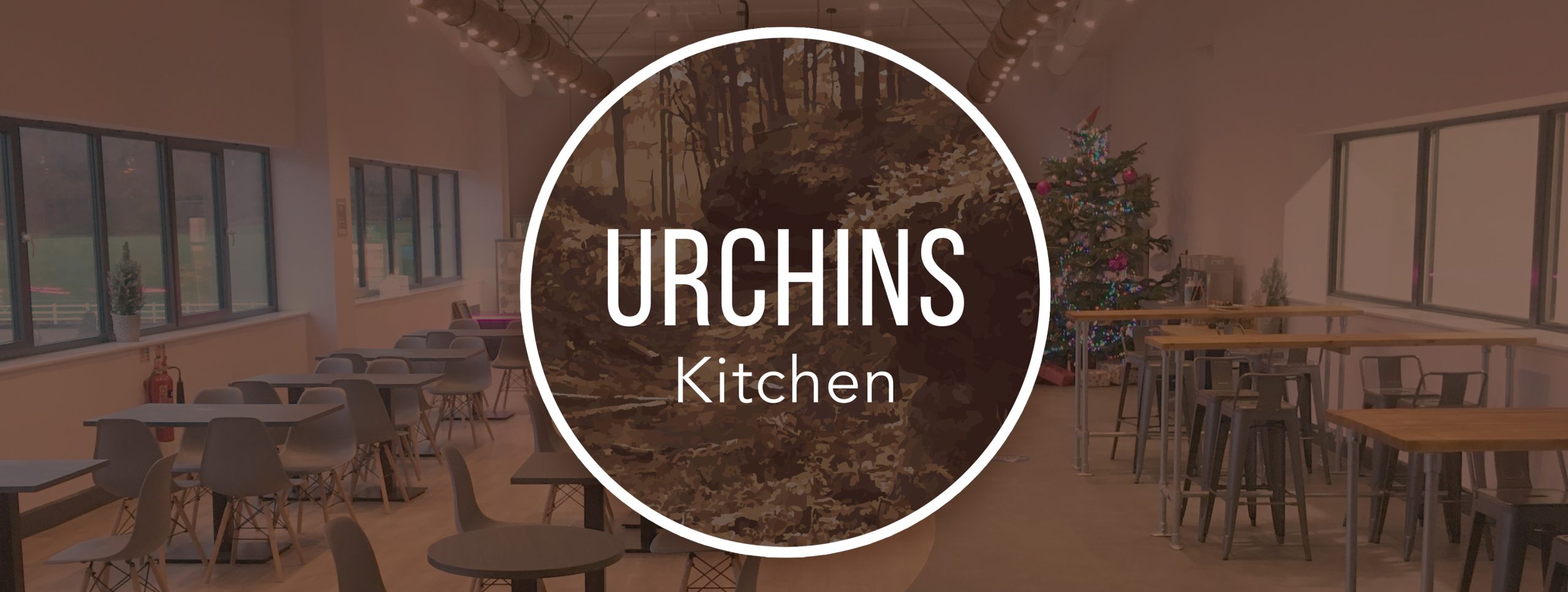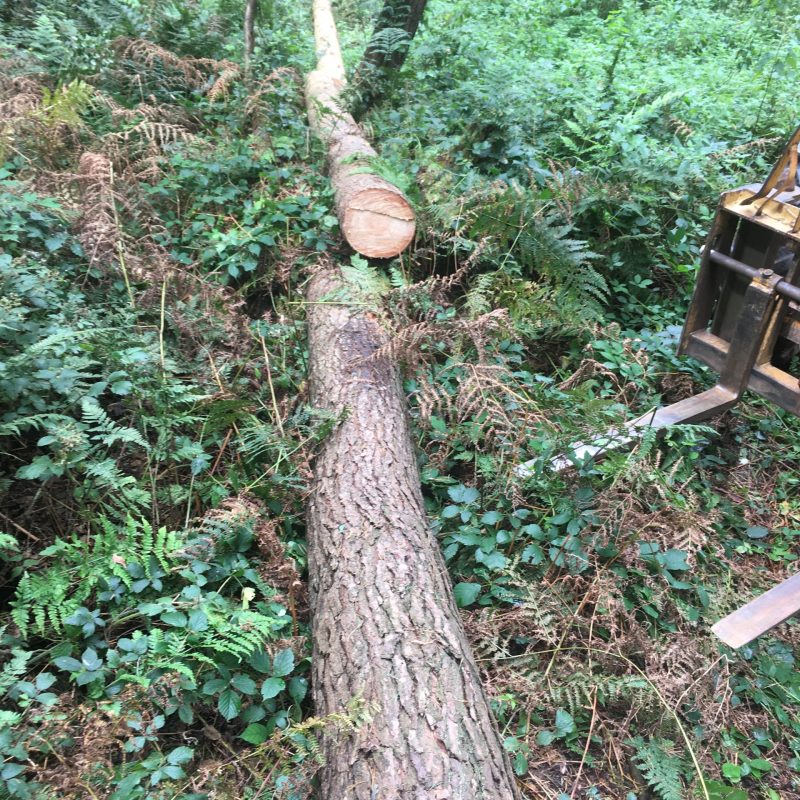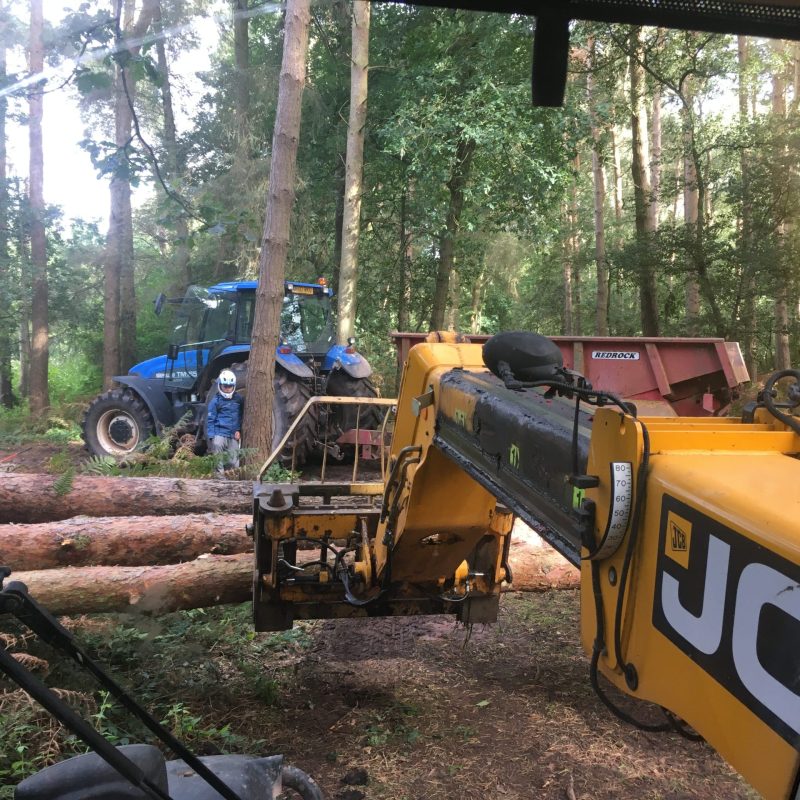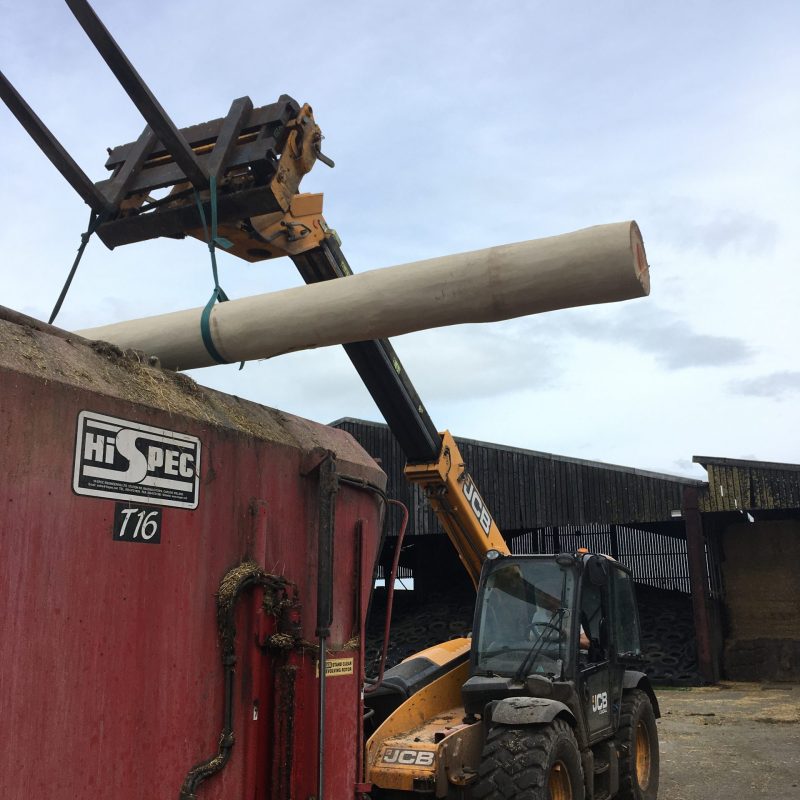
Why is it called Urchin’s Kitchen?
When we polled our clients and asked them to help name our new café, urchin’s kitchen was the most popular answer. You can imagine we had lots of names on an equestrian theme but we’ve gone with something that we think is uniquely named and it has a strong local connection.
In the last ice age, the melt water which gathered beneath the ice sheet scoured out a gorge which is known as Urchin’s Kitchen. The pine clad, sandstone, gorge is a magical place and it’s sign posted by the Forestry Commission in our neighbouring Primrose Wood. You can access the gorge by walking from the centre along the sand track between the two hedges, passed the cross country schooling field and up to the kissing gate into Primrose Wood and turning right, just follow the track along until you come to the sign on your right, map reference 540687, what3words: flags.trudges.blindfold
It’s a great place to have a wander but you’ll need boots as it can be muddy.




The Urchin refers to an elf, not a sea creature, and it’s believed by some that the gorge is a mystical home for fairies and elves.
The gorge once came into the farm but when the farm tip was buried, the gorge disappeared within our boundary.
In tribute to both the gorge and the elves we have created our own sandstone gorge around the outdoor arenas and Lee Bannon has given us his interpretation of what an elf might look like, you never know you might just catch a glimpse of something magical if you pay us a visit.
Interestingly, the ice sheet also left granite boulders on the farm and occasionally we plough these up, they are known as erratics. A collection of the erratics can be seen where the water flows out of our first pond. Most seem to have the same mix of feldspar, quartz and mica minerals but there’s one which is a different kind of granite, it’s green and the mineral size and structure within it is quite different.
If any client can add to our knowledge of where the different granites might have originated we’d be delighted to know!
The logs that form our feature lighting rails in the café have come from trees felled within the farm boundary and we are pleased and proud to say that our own team created these from start to finish, felling, debarking, treating, drilling, routing, sanding, staining, weighing, moving and including hanging them!
The sand that makes our sand tracks and the sandstone boulders that retain the arenas has all come from within this farm’s boundary.
There’s a slight tip of the hat too to the farm’s heritage being a dairy farm until 2004. The place holders were originally used as teat cups for milking the cows and the table numbers by the till are cattle ear tags. We still dairy farm on our tenanted farm on Lord Cholmondeley’s estate, having 500 pedigree Brown Swiss cows, it’s the largest Brown Swiss herd in the country! If you’re out and about walking you might see the heifers which are our next generation of dairy cows as they munch their way across our fields.
